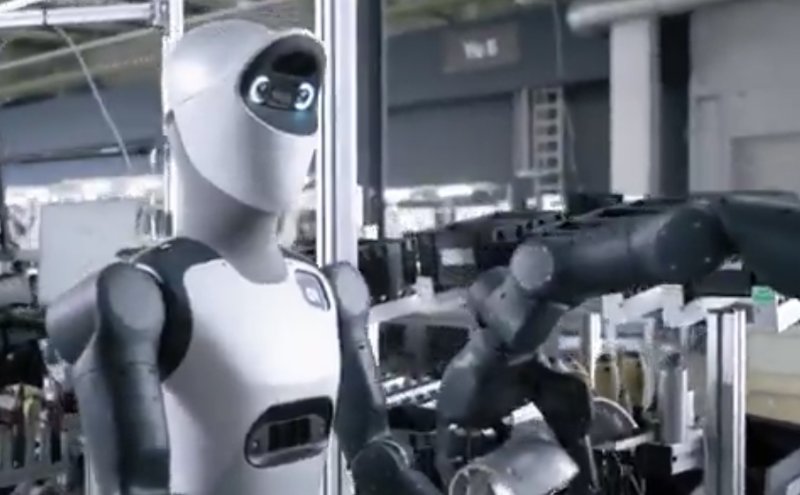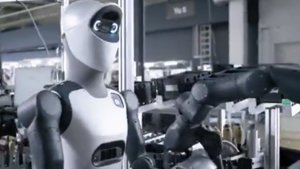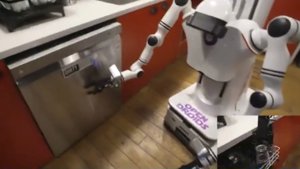Just when you thought the humanoid robot party couldn’t get more crowded, Germany’s Agile Robots SE has officially pulled the curtain back on Agile ONE, its first entry into the bipedal workforce. Unveiled on November 19, 2025, the Munich-based company is positioning Agile ONE not as a flashy research project, but as a “reliable co-worker” designed to tackle the unglamorous-but-essential tasks of manufacturing and logistics. The company is betting on a concept it calls “Physical AI,” aiming to create intelligent robots that can perceive, reason, and act in the messy, unpredictable physical world of a factory floor.
Built to human scale, the Agile ONE stands 174 cm (5’ 8") tall, weighs 69 kg (152 lbs), and can carry a respectable 20 kg (44 lbs) payload while zipping around at up to 2.0 m/s. Its hardware boasts five-fingered hands equipped with force and tactile sensors, allowing for both delicate manipulation and a firm grip. The robot’s intelligence is driven by a layered AI model trained on one of Europe’s largest industrial datasets, a move intended to give it a home-field advantage in understanding the nuances of real-world production environments. For its human colleagues, intuitive features like responsive “eyes” and a chest-mounted display provide real-time feedback to make interactions less, well, robotic.
Agile Robots, founded in 2018 by researchers from the German Aerospace Center, is managing the entire supply chain and plans to manufacture the humanoid in-house in Bavaria, with production slated to begin in early 2026. This commitment to German engineering and manufacturing is a clear statement of intent in a market increasingly populated by North American and Asian competitors. The company already has a significant footprint, with over 20,000 systems installed across the automotive and electronics sectors.
Why is this important?
The launch of Agile ONE signals another serious, industrially-focused player entering the increasingly competitive humanoid robotics field. By emphasizing “Physical AI” trained on specific European industrial data, Agile Robots is differentiating itself from competitors who may be pursuing more general-purpose intelligence. The decision to manufacture in Germany provides a strategic anchor in the heart of European industry and could appeal to customers prioritizing local supply chains and robust engineering standards. While timelines are always ambitious, a concrete production start date of early 2026 puts Agile ONE squarely on the map as a commercially viable system to watch, ratcheting up the pressure on everyone from Tesla to Figure AI.






